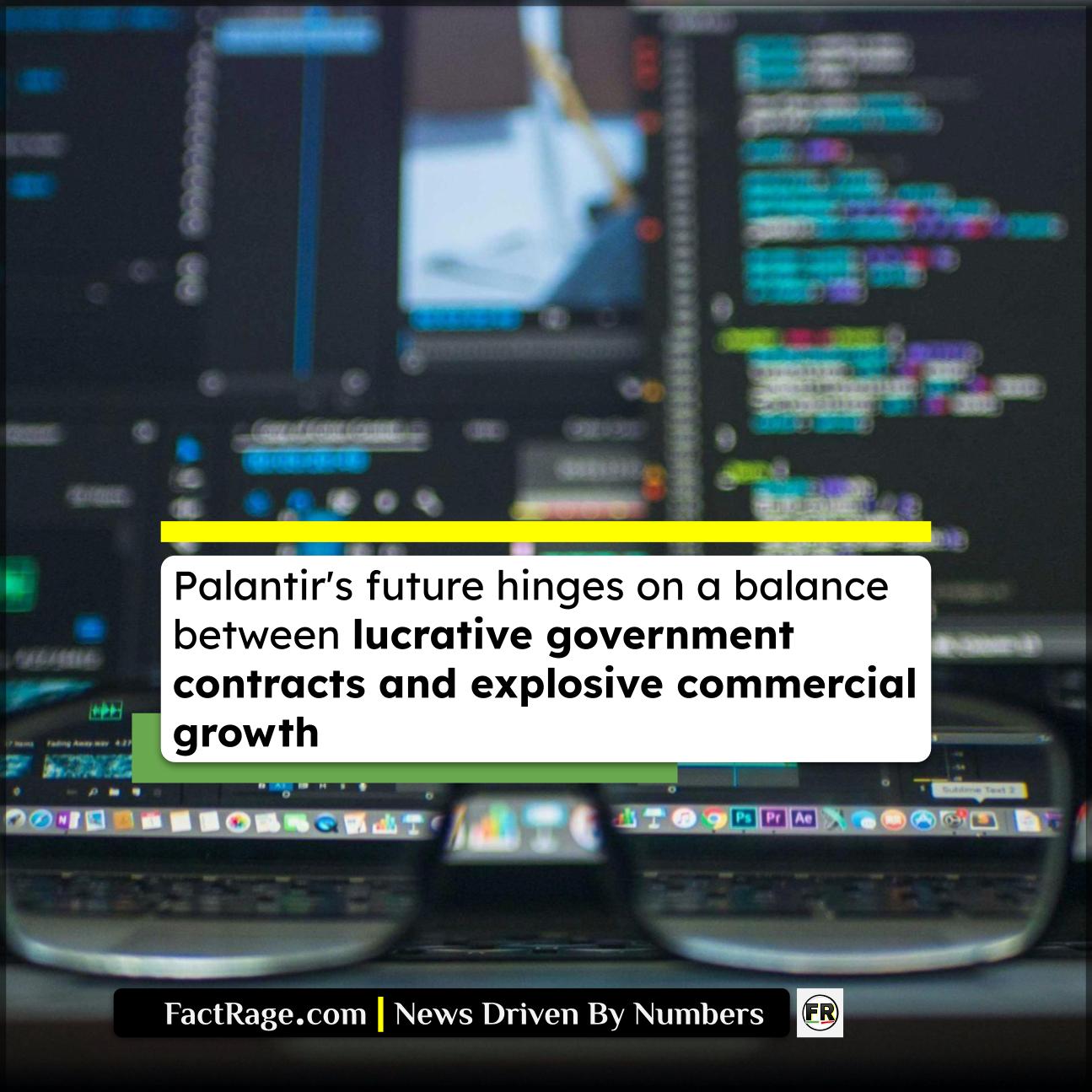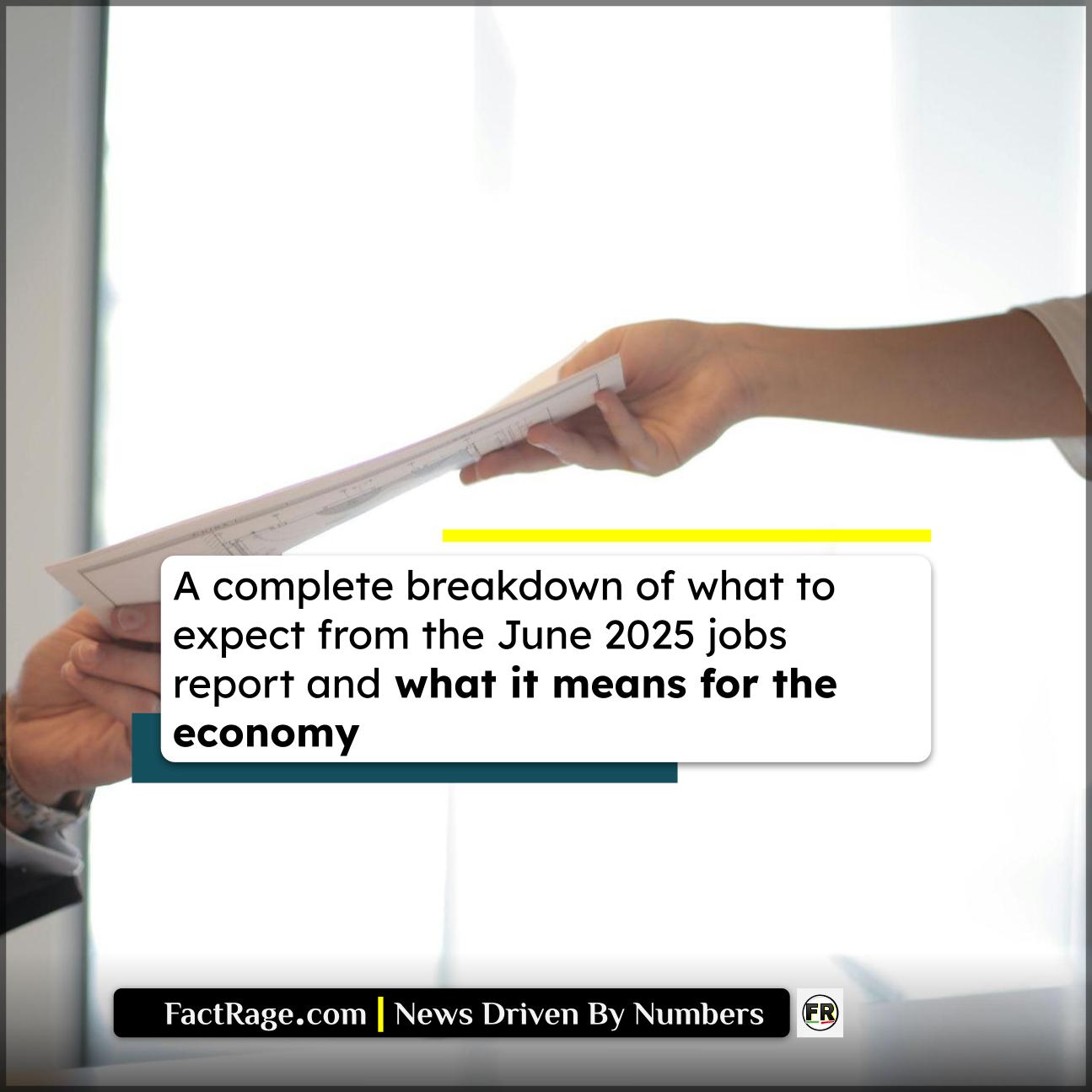NEW YORK, NY – Shares of data analytics firm Palantir Technologies have become a focal point of market debate, driven by a tension between its foundational government work, its push into the commercial sector, and a valuation that keeps investors divided.
- Sustained Profitability – The company has achieved six consecutive quarters of profitability on a GAAP basis, a key metric for financial health and a prerequisite for potential S&P 500 inclusion.
- Dual Revenue Engines – Revenue is split between long-term government contracts, like the recent $480 million TITAN prototype contract with the U.S. Army, and a rapidly expanding U.S. commercial business, which grew 40% year-over-year in Q1 2024.
- High Valuation Concerns – Despite profitability, the stock trades at a high forward price-to-earnings (P/E) ratio, signaling that investors have priced in significant future growth, which contributes to its price volatility.
The performance of Palantir stock often appears contradictory, with strong operational results sometimes met with market skepticism. Analyzing the company’s distinct revenue streams and financial metrics reveals the core arguments that define it as one of Wall Street’s most polarizing technology stocks.
What’s Behind the Government Contract Wins?

Palantir’s origin and a substantial portion of its revenue are rooted in contracts with government agencies, particularly in defense and intelligence. The company’s Gotham platform is designed to integrate vast, disparate datasets to help operators make decisions. This capability has made it a key partner for Western governments.
A recent, significant example is the U.S. Army’s selection of Palantir for the Tactical Intelligence Targeting Access Node (TITAN) program. The $480 million contract puts Palantir at the center of the Army’s effort to build next-generation, AI-defined ground stations. These large, multi-year contracts provide a stable and predictable revenue base, a factor that appeals to many long-term investors. However, the lengthy sales cycles and political nature of government spending are also considered risk factors.
How Fast Is The Commercial Business Growing?
The primary bull case for Palantir hinges on its ability to expand beyond government work and conquer the commercial sector with its Foundry and Artificial Intelligence Platform (AIP). The company’s recent earnings reports suggest this strategy is gaining significant traction, particularly in the United States. In the first quarter of 2024, Palantir’s U.S. commercial revenue surged 40% from the prior year, driven by what the company calls “AIP Bootcamps”—intensive workshops that allow potential customers to build applications on Palantir’s platform quickly.
This segment’s growth is crucial for two reasons. First, it offers a path to diversifying revenue away from government dependency. Second, the commercial market is vastly larger than the government one, offering a higher ceiling for future growth. The question for investors is whether this domestic momentum can be replicated internationally and sustained over the long term.
Why Is The Stock Price So Volatile?
The core reason for Palantir’s volatility lies in the gap between its current financial results and its high market valuation. With a forward P/E ratio that often sits well above 50, PLTR is priced for perfection. Any news—positive or negative—can cause dramatic price swings because so much future success is already assumed in the stock price.
Bulls point to the transformative potential of AIP and argue Palantir is a generational AI company whose true value isn’t captured by traditional metrics. Bears, conversely, point to the high level of stock-based compensation, which dilutes shareholder equity, and argue that the company is fundamentally a high-end, slow-growing government consultant priced like a high-growth software firm. This fundamental disagreement between market participants ensures that Palantir’s stock will likely remain a battleground for the foreseeable future.














